News from the afterlife
Is there life after death? There have already been several attempts to answer this question with the help of cryptology. A recently published research paper provides new information on this topic.
First of all, I would like to mention that my online talk “Ciphers and Crime” yesterday (I gave it together with Elonka Dunin) on the ICCH forum was a great success. As always, there were plenty of Cipherbrain readers in attendance. Elonka and I got support from Nick “Mr. Ciphermysteries” Pelling and Gary “Mr. Gangcode” Klivans, both of whom I’ve mentioned on this blog many times before.
Among other things, the presentation covered the Somerton man, Ricky McCormick, the Red Army Faction, and whether there should be backdoors in encryption programs for the police. There was a lively discussion after the presentation.
I’m looking forward to July 24, 2021, when Cipherbrain reader Bill Briere will be speaking at the ICCH Forum on “Good Vibrations: Surf, Sex, and Spies” (I’ll be happy to send the dial-up link upon request). What it will be about, Bill would not reveal yesterday. Before that, on July 10, 2021, there will be an ICCH talk by Anastasios Pingios on the Greek DE-59 encryption machine, and I won’t miss that one either.
And then I would like to mention that since Wednesday this week the new British 50 pound banknote with the likeness of Alan Turing is in circulation, which I have already blogged about several times (thanks to Ralf Bülow for pointing it out). In the background of the motif you can see the Enigma cracking machine known as the “Turing bomb”. Cryptography on a money bill has never existed to my knowledge.
Quelle/Source: Bank of England
Cryptography and Parapsychology
But now to the actual topic. As longtime Cipherbrain readers surely know, there are interesting points of contact between cryptology and parapsychology. The best known is certainly the experiment of the British psychologist Robert Thouless (1894-1984) in 1948, which had the following sequence: Thouless encrypted a message in a form which he thought could not be cracked, and announced that after his death – if possible – he would transmit the key from the afterlife. If someone were to receive this key and were thus able to decode the text, it would be proven that there is life after death and that the dead can communicate with the living. One of the greatest sensations in the history of science would be perfect.
Thouless initially published two messages of this kind (the second for redundancy). When one of the messages was cracked, he submitted a third. Thus, when Thouless died in 1984, he took two encrypted messages to his grave.
Unfortunately, no one ever came forward who had received the matching key from the realm of the dead (false alarms, on the other hand, were frequent). The proof for a life after death could not be furnished thus. But in 1996 the later Cipherbrain reader Jim Gillogly succeeded in solving one of the messages – without help from the afterlife. In 2019, Richard Bean – also a Cipherbrain reader – cracked the remaining Thouless cryptogram, also decidedly not using otherworldly methods. This marked the end of Thouless’ experiment after a good 70 years.
On the other hand, some other experiments of this kind are still in progress. For example, in 1950, the Briton T.E. Wood also published a coded message that has been waiting to be decoded since his death. Neither parapsychological mediums nor code breakers have been successful so far.
And then there is a similar endeavor that I started myself. I have encrypted a text and have resolved to transmit the associated key to this world after my demise. I hope, of course, that the crucial phase of this experiment will not begin for several decades. Unlike Thouless and Wood, I have used a computer-based encryption method (the AES). It should be difficult to crack my message by this-side means.
The experiment of Arthur Berger
A few weeks ago, the Greek physicist Fotini Pallikari contacted me about a research paper she was writing. This paper is now published under the title “Angelos Tanagras – An Experiment to Test Survival” in the “Journal for Anomalistics” and is available online. I am mentioned and quoted in it, which of course makes me happy.
Pallikari’s paper mentions a Thouless-type experiment that I had not known about before. It was started in 1990 by one Arthur Berger, whose name unfortunately escapes me. Like all who conducted such an experiment, Berger had to consider which encryption method he used. As mentioned, Robert Thouless failed in this task – all three messages (they were encrypted by different methods) were cracked.
Berger decided to use a kind of book cipher. The basis was a dictionary, which (unlike book ciphers) did not have to be kept secret. What was secret, however, was the word Berger selected from this dictionary. This word was the key he wanted to transmit from the other world.
Let’s assume that Berger decided for the word ROTTWEIL and let’s assume that the chosen entry in the dictionary read as follows:
ROTTWEIL: Stadt in Baden-Württemberg
Now the letters of this entry are numbered: R:1, O:2, T:3, T:4, W:5, E:6, I:7, L:8, S:9, T:10, A:11, D:12, T:13 and so on. The resulting table is used for encryption. In this case, the Klarext TEST can be encoded in 3,6,9,10, for example. Another possibility would be 13,6,9,4.
If Berger should transmit the word ROTTWEIL from the beyond, then the coded text published by him can be decoded correctly, and the proof is furnished. If one uses against it a wrong word for the decoding, then only gibberish results.
Unfortunately, Pallikari only mentions the Berger experiment in passing in her paper. Which dictionary Berger used and what the encoded text was is not mentioned. This information is available in the literature source “Berger, A.S. (1990). Tests for communication with the dead. In G. Doore (Ed.), What survives? (pp. 51-60). Tarcher.” which, unfortunately, I do not have on hand. Can a reader here be of further help?
The experiment of Tanagras
As can be seen from the title, Pallikari’s paper is mainly about an experiment started in 1935 by the Greek Angelos Tanagras (1875-1971). In contrast to Thouless, however, the latter did not leave behind a coded text whose key he intended to transmit after his death. Instead, he announced that he would carry out various actions after his death, if this should be possible for him. For example, he wanted to overturn the cross in the Berlin cathedral exactly one year after his death.
Tanagras announced which actions he planned in detail in six sealed letters, each of which was to be opened only when a certain number of days had passed after his death. He had chosen the deadlines in such a way that the corresponding letter was always opened only after the planned action. In this way, he wanted to prevent, for example, that someone else tipped over the cross in the Berlin Cathedral.
Obviously, however, Tanagras feared that parapsychological methods would make it possible to read the sealed letters even before they were opened. Therefore, he encrypted the crucial passages – in the hope that a possible clairvoyant was not also an accomplished codebreaker. He deposited the key elsewhere and assumed that it was not so easily possible by parapsychological means to learn the key as well as the message.
The following scan from Pallikari’s work shows one of the sealed letters:
And here is the key that Tanagras used for all six letters:
Tanagras’ experiment was also unsuccessful. The actions he announced did not take place after his death. Nor did a cross topple over in the Berlin Cathedral. The question of whether a clairvoyant could get hold of a text in a sealed envelope therefore proved irrelevant. But at least Tanagras provided an interesting contribution to the history of parapsychology and cryptology, which has not been appreciated in the cryptological literature so far. Many thanks to Fotini Pallikari for picking up this episode in her research paper.
Pallikari’s paper concludes with the following remark:
The “survival confirming” testimonies and the corresponding experimental evidence that refutes it leave a small space for sending a coded message to the beyond, in the coding style of Tanagras that the other deceased spiritualists should also understand: 97-27-84-69/3-97-1-35/4-1-22-3/4-1-5-27-84-97-1-25-77/95-3/97-1-25-0-77-1.
Can a reader decode this message?
If you want to add a comment, you need to add it to the German version here.
Follow @KlausSchmeh
Further reading: Three crypto challenges created by master codebreaker Jim Gillogly
Linkedin: https://www.linkedin.com/groups/13501820
Facebook: https://www.facebook.com/groups/763282653806483/

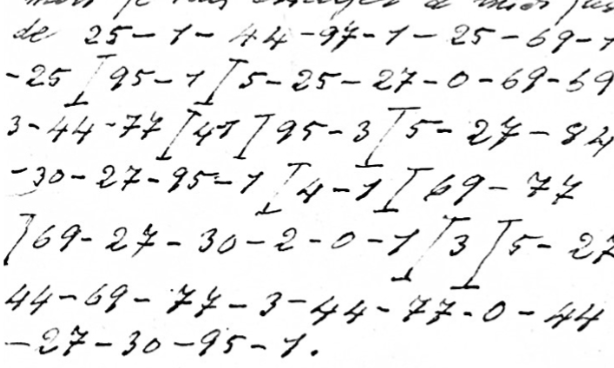
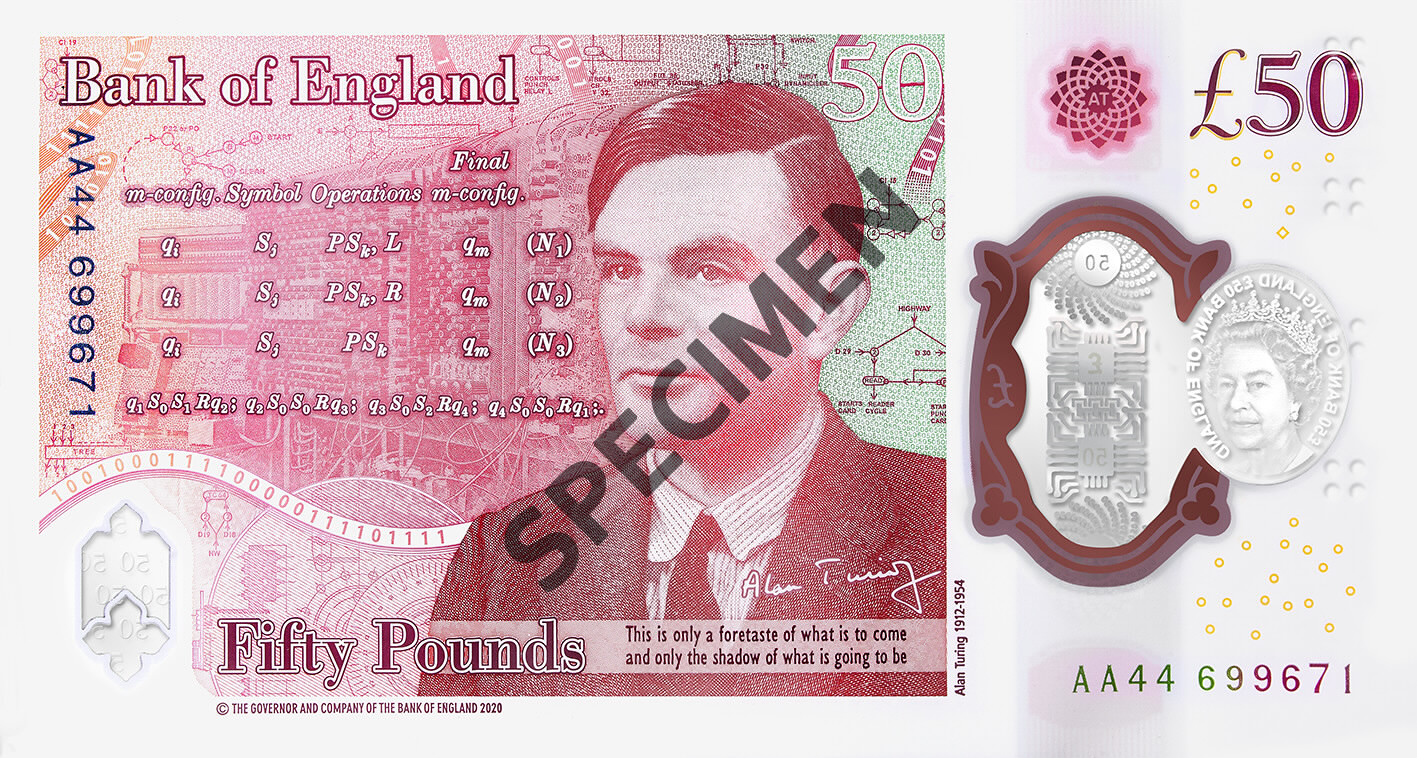
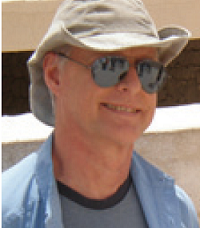

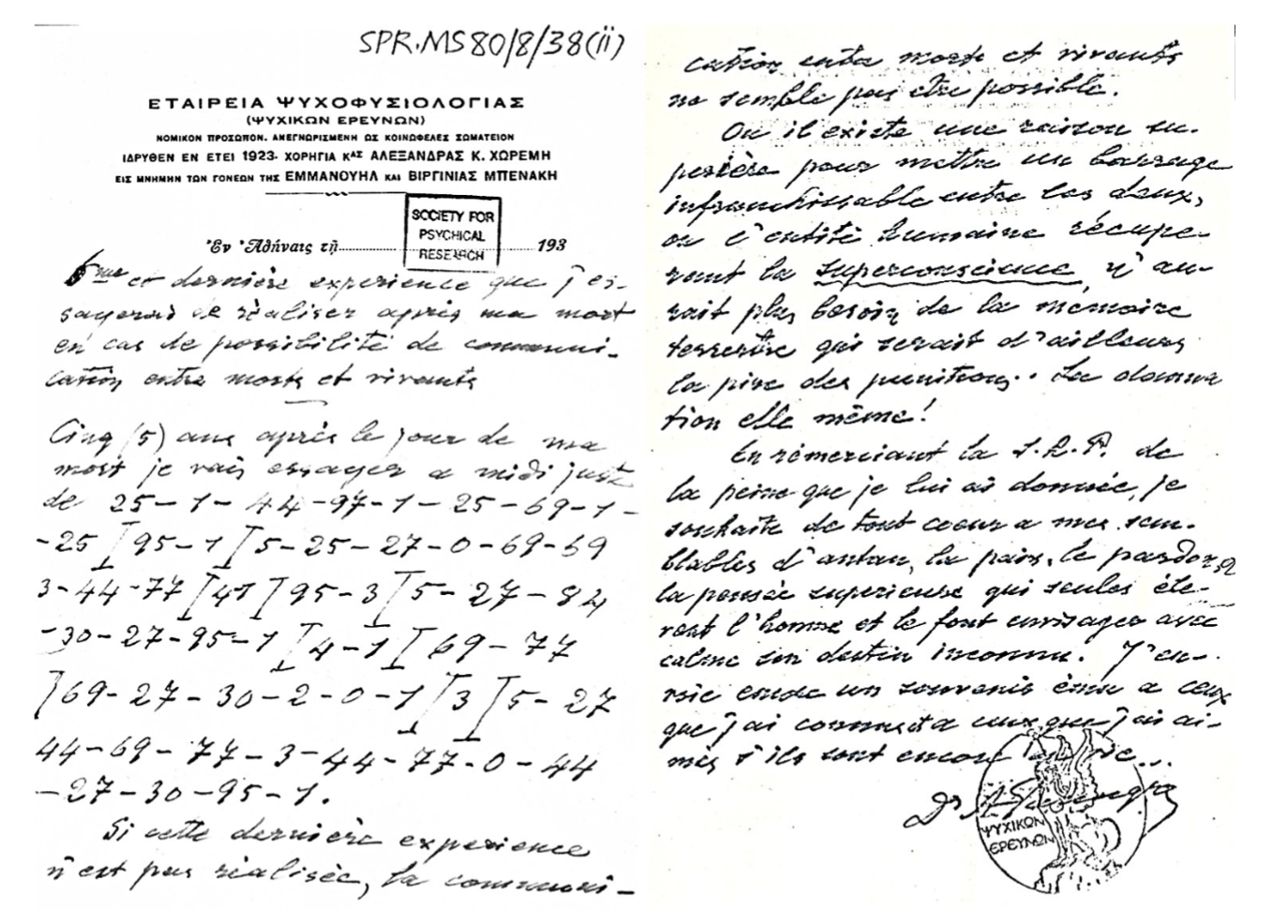
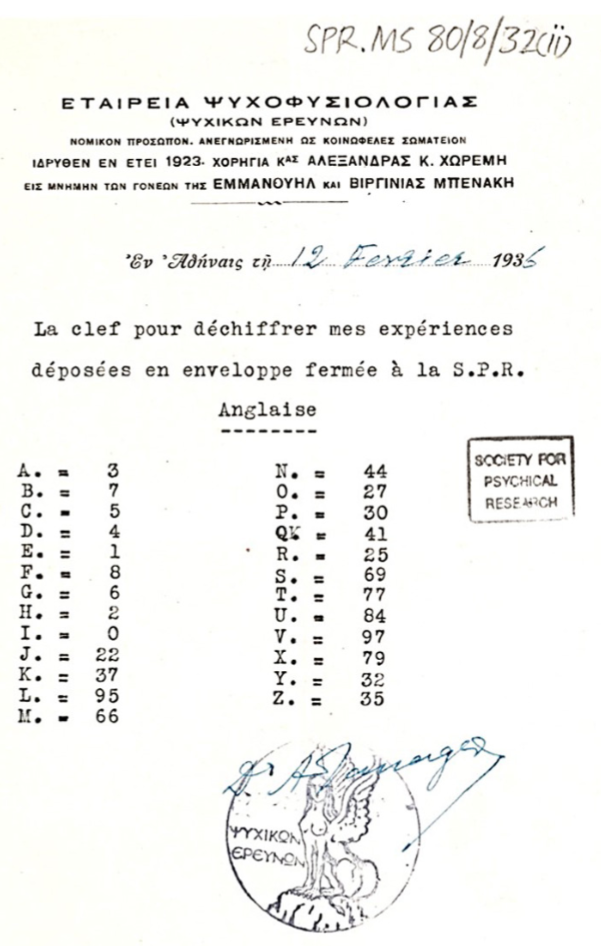

Letzte Kommentare